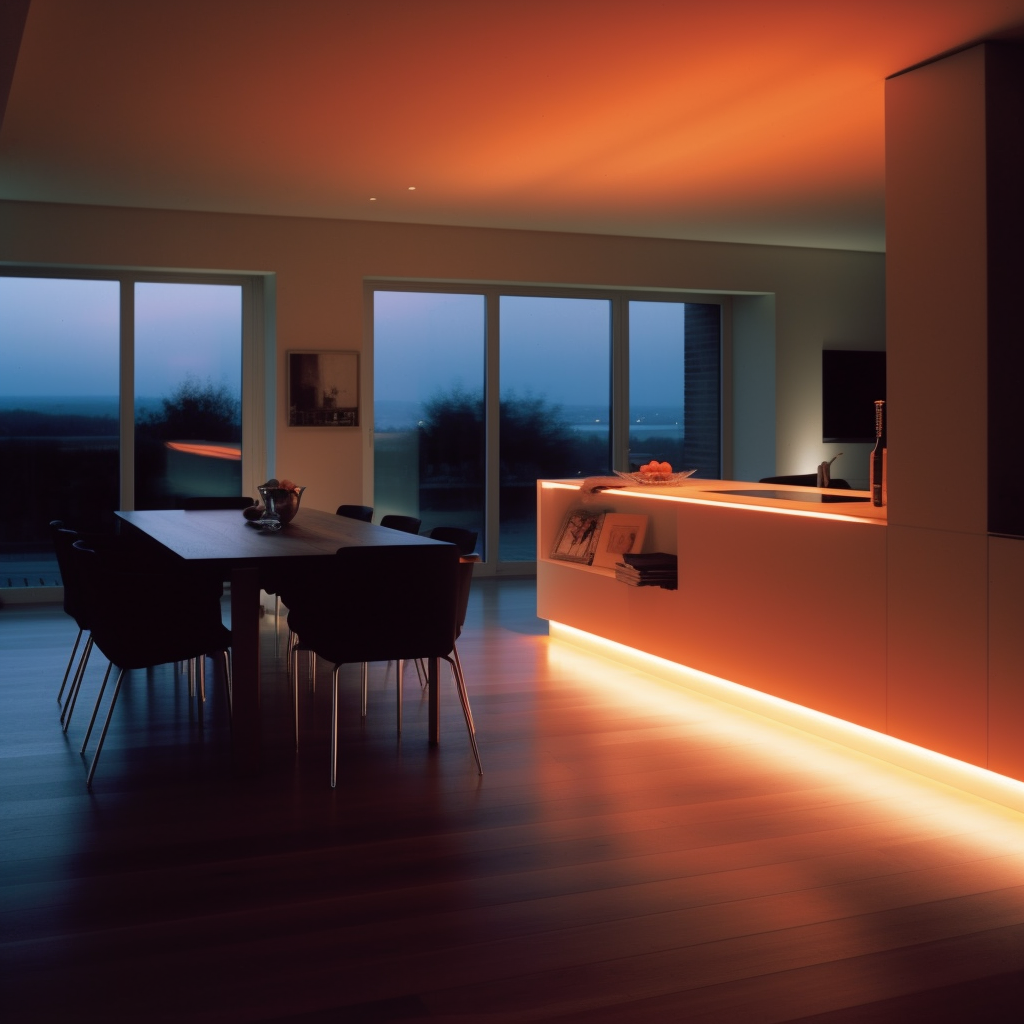 | Mood Lighting | Mood lighting. It mainly creates a specific atmosphere by changing the color and brightness of the light in a particular environment, to create feelings of comfort, romance, relaxation, etc. From a technical perspective, mood lighting focuses on controlling the color and brightness of the light to create strong visual effects. | Mood lighting is usually used in interior design, hotels, restaurants and home decoration fields with an aim to create a specific ambiance and experience. |
 | Moody Lighting | Moody lighting. It emphasizes the application in emotional expression and serving the story plot, and is designed to perfectly combine lighting with the plot to showcase characters' personalities and emotional worlds. Technically, Moody lighting usually uses low brightness and large-scale occlusion shadows, emphasizing scanning of dark areas to increase texture and layering of images. | Moody lighting is often used in film production, game interfaces, stage performances, etc., with the aim of increasing dramatic effects in storytelling. |
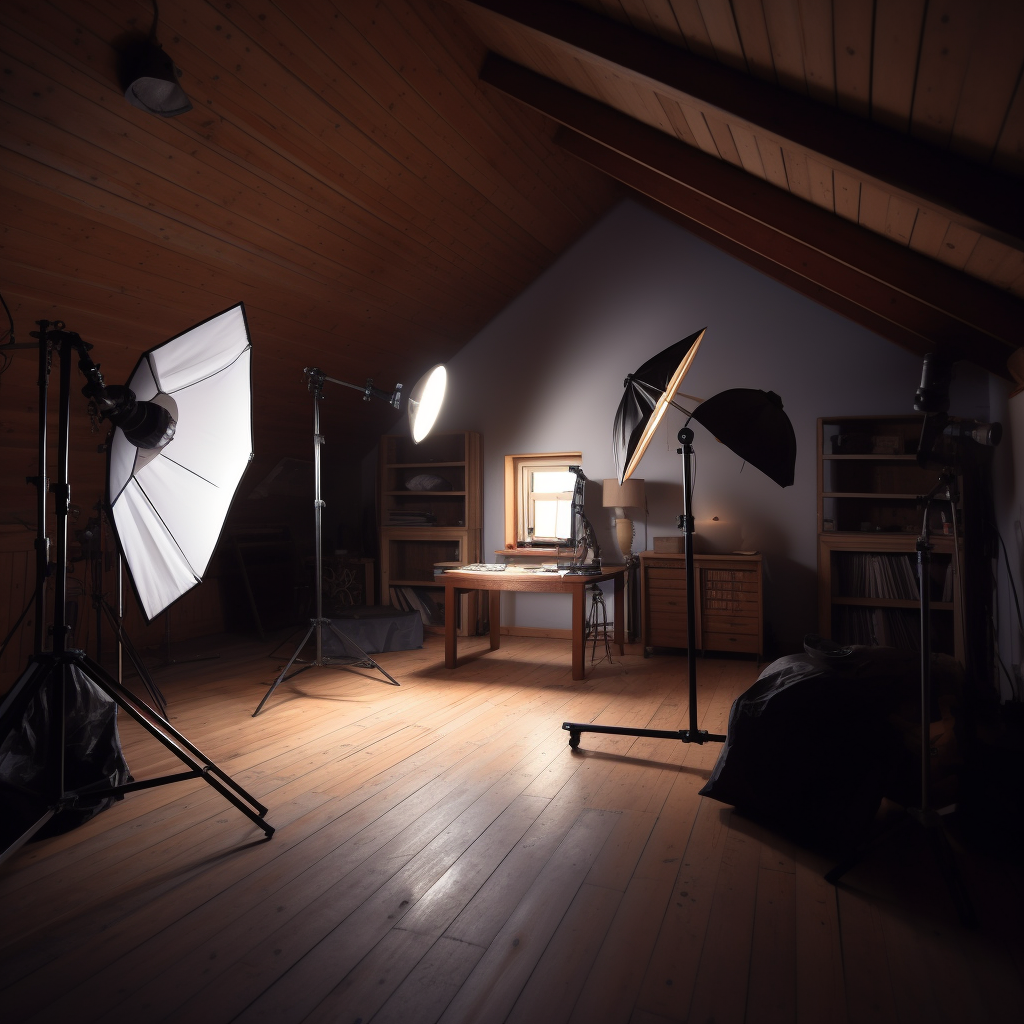 | Studio Lighting | Studio lighting is a type of lighting design specifically used in photography studios, television and film industries. It places light sources and fixtures in a dedicated photography studio to create various atmospheres and scene effects through precise lighting, meeting different shooting needs. | Studio lighting is mainly applied in commercial photography, fashion photography, art photography, portrait photography, advertising shoots, film and TV production to highlight the subject's characteristics with refined lighting design for optimal shooting results. |
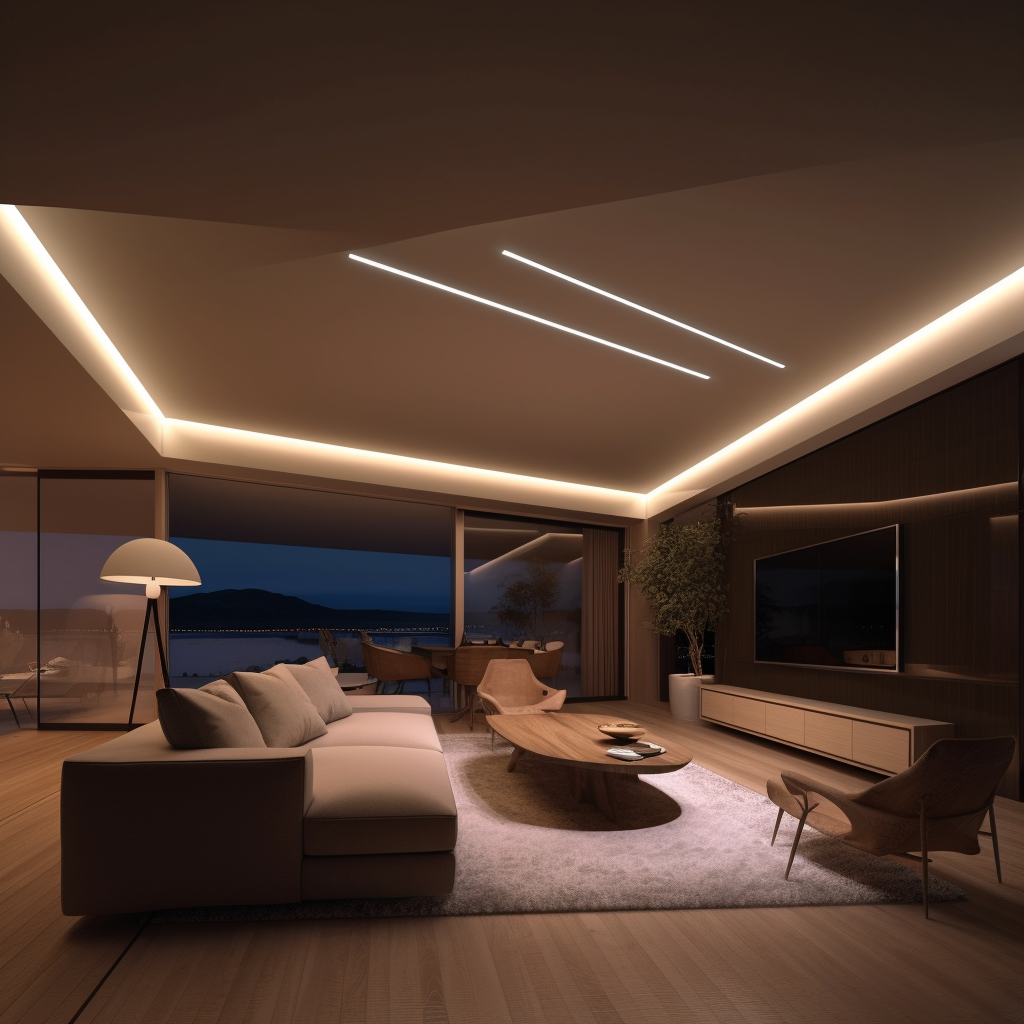 | Cove Lighting | Corner lighting. It is a commonly used indoor lighting design, and its fixtures are usually installed in the corner (i.e. "closet") between the wall or ceiling cabinets, creating a comfortable, soft, and smooth ambient lighting effect. | This lighting technique can provide even light for the room while enhancing its aesthetics and modernity. |
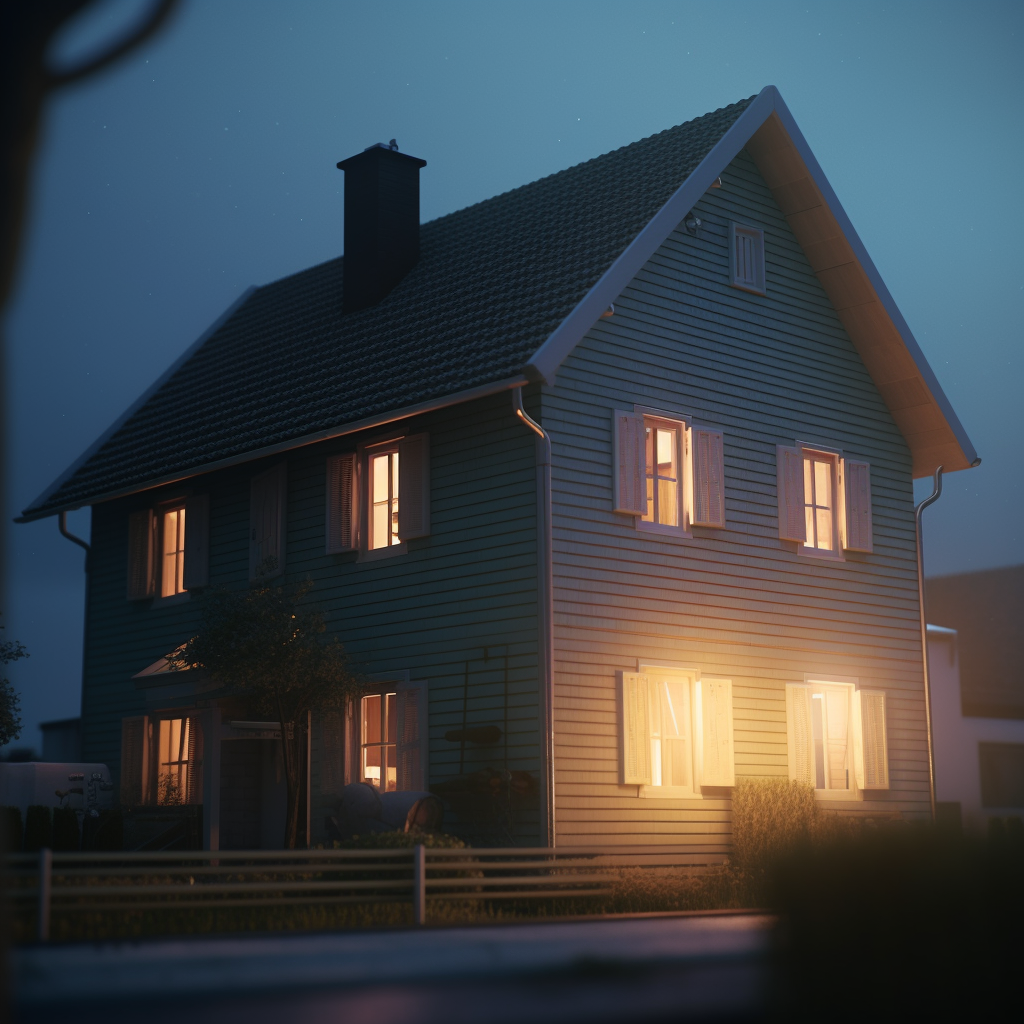 | Soft Lighting | Soft lighting refers to the use of soft and diffused light to create a gentle and warm atmosphere effect. Soft light is usually achieved through the use of diffuse fixtures, such as wall lamps, table lamps, reading lamps, etc. | The soft lighting effect can reduce brightness, alleviate visual fatigue and create a comfortable atmosphere and feeling. |
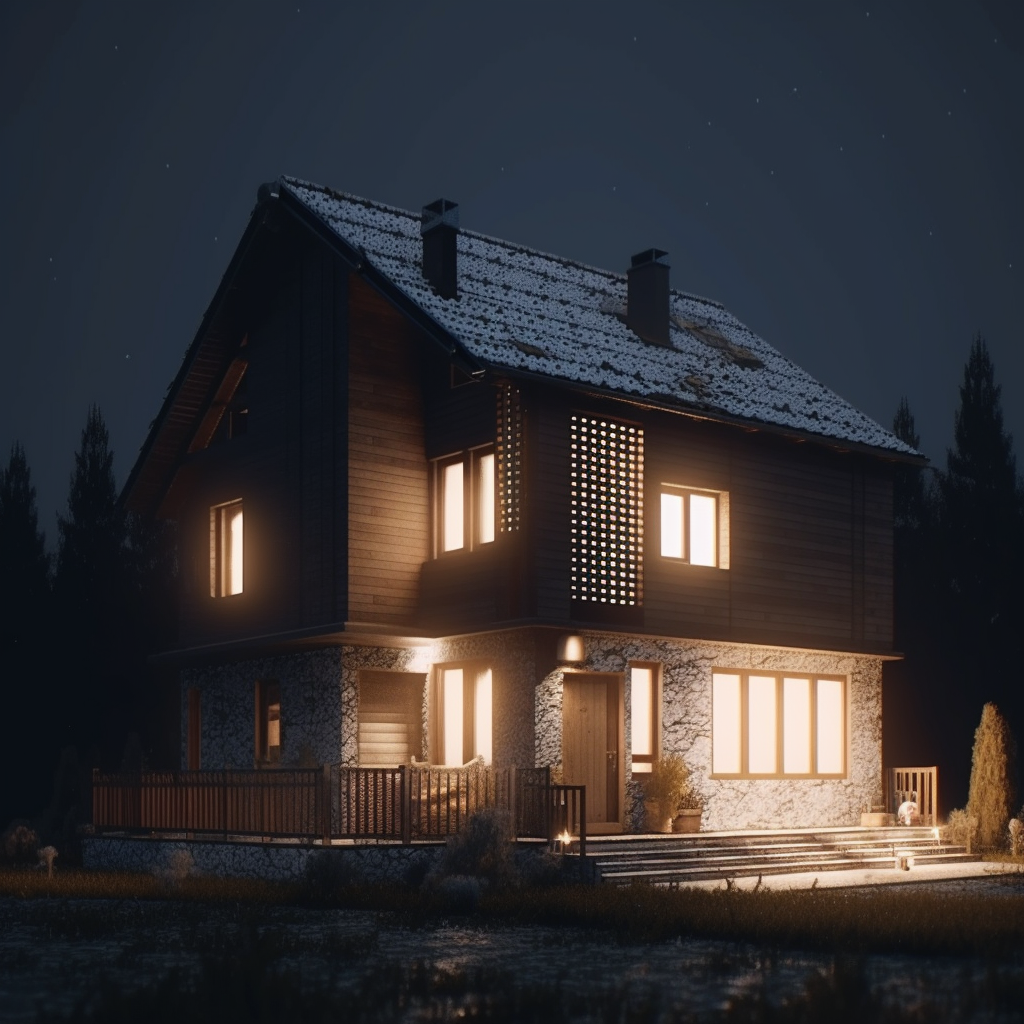 | Hard Lighting | Hard lighting refers to the use of spotlights, tube lights and other lamps to focus on a specific area, with relatively concentrated and direct light. It creates a rigid and bright lighting effect. | Hard lighting is often used in display occasions such as art galleries, shopping malls and other environments to highlight the characteristics and texture of exhibits or products. |
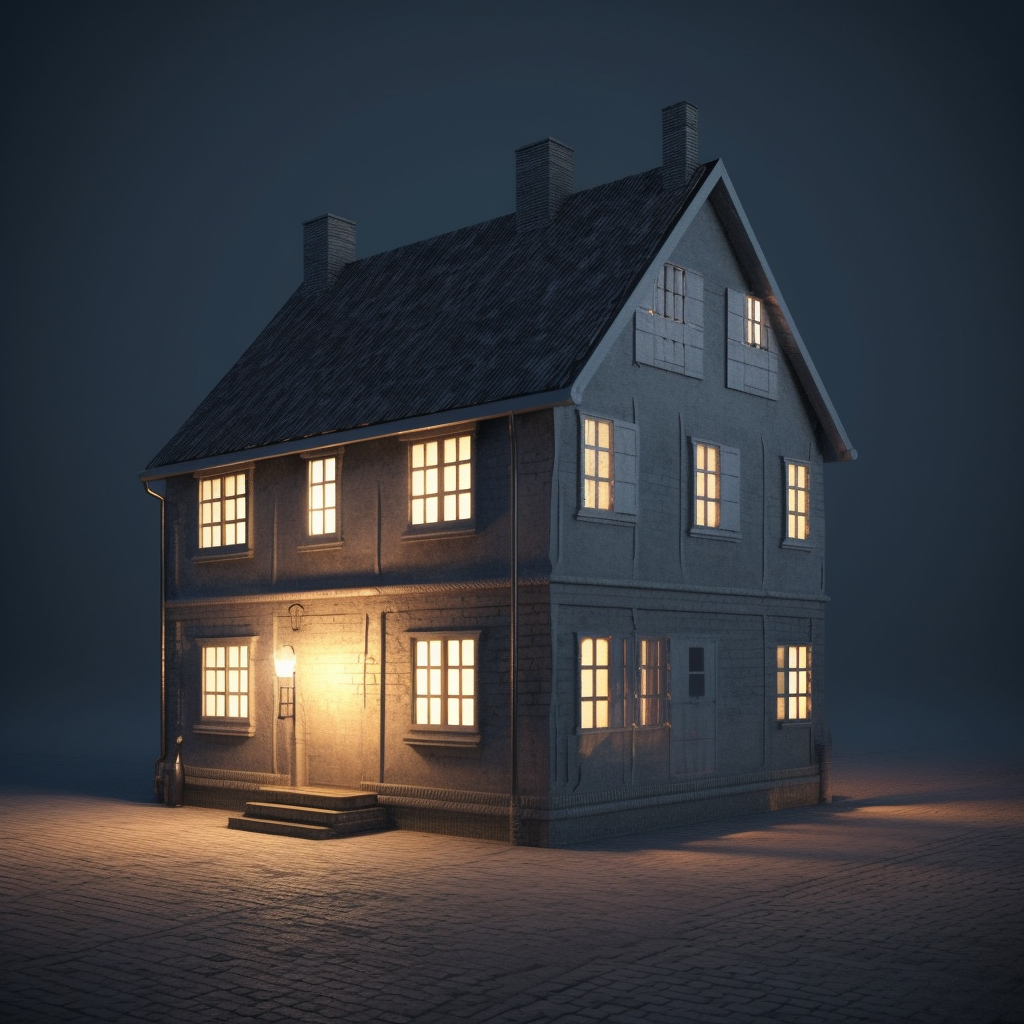 | Volumetric Lighting | Volumetric lighting is a lighting effect technique that creates realistic rendering effects. It simulates the phenomenon of particles and dust in the air by adding lights and various visual effects such as diffusion, fog, particles, shadows etc. to certain scenes in order to create dynamic, realistic, enhanced stereoscopic and volumetric lighting effects. | This technique is suitable for various scene designs such as movies, TV shows, video games and animations. It can make scenes more realistic and three-dimensional while increasing tension and visual hierarchy of the scene with more expressive visual effects. |
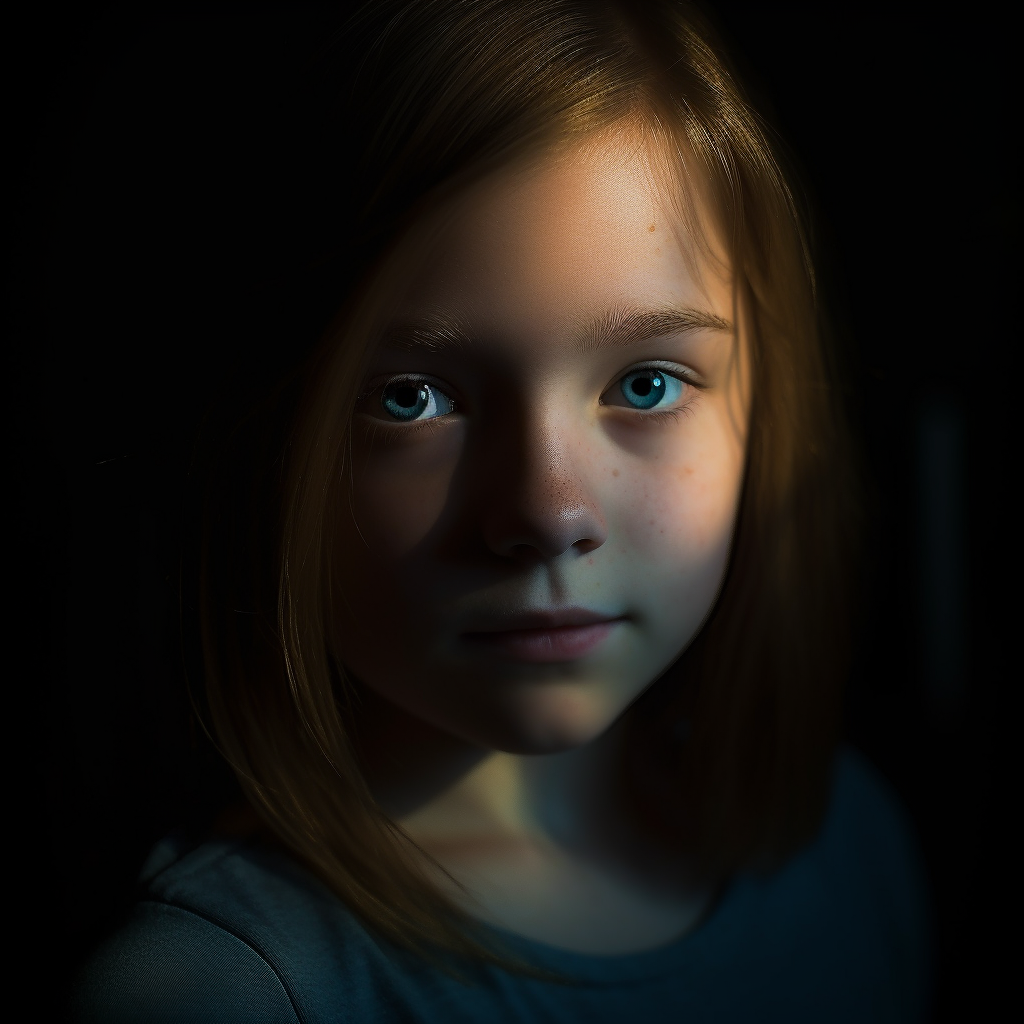 | Low-key lighting | Low-key lighting refers to a special lighting effect that is usually created by strong sidelight or backlight and shadows to create a high-contrast image. The characteristics of low-key lighting are distinct light and dark areas, heavy shadows, and dominant dark tones, often creating a tense, mysterious or dark atmosphere. | Low-key lighting is widely used in fields such as film, television, photography, etc., often used to express suspenseful, terrifying or criminal elements. |
 | High-Key Lighting | This lighting effect avoids the contrast between light and dark and suppresses the appearance of shadows by using bright and uniform light. The characteristics of this lighting effect are high brightness and rich details, suitable for scenes and environments that need to convey a pleasant, relaxed, and happy atmosphere. | High-key lighting is usually used in advertisements, emotional movies, TV dramas, etc. |
 | Epic Light | It is a lighting technique that creates dramatic, majestic and visually stunning effects. It adds bright, grand and spectacular light to the scene to attract audience attention and increase the impact of the setting. Epic Light is commonly used in film production, game development, performances and other fields to create a sublime, magnificent and grand atmosphere that leaves viewers feeling amazed and unforgettable. | The characteristics of Epic Light are high brightness and vivid colors which are usually used to highlight important plot points such as laser weapons, suns and stars in space battles or mysterious lights in fantasy movies or video games. |
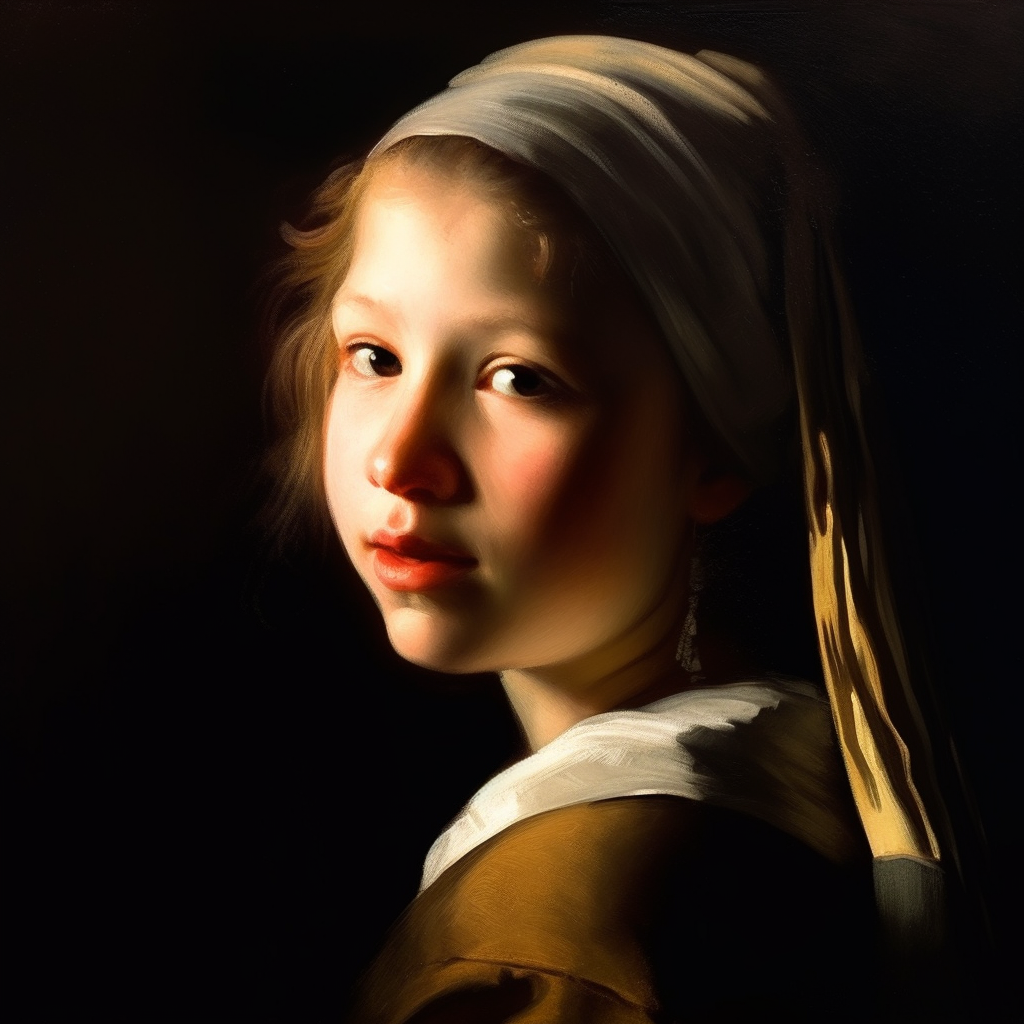 | Rembrandt lighting | Rembrandt lighting is a lighting effect originated from the Dutch painter Rembrandt. Its main feature is to create a diamond-shaped boundary between light and shadow on the face of the subject, with one side of the mouth and chin covered in shadow while the other side is illuminated by light. | It can create a soft and mysterious effect. |
 | Contre-Jour | refers to the photographer placing the light source behind the subject, creating an effect that appears in front of the lens and forming a negative film shape with clear contours of the subject. | The overall blurring caused by the position of the light source, high contrast, and distinct contour lines can bring about an artistic and abstract atmosphere. |
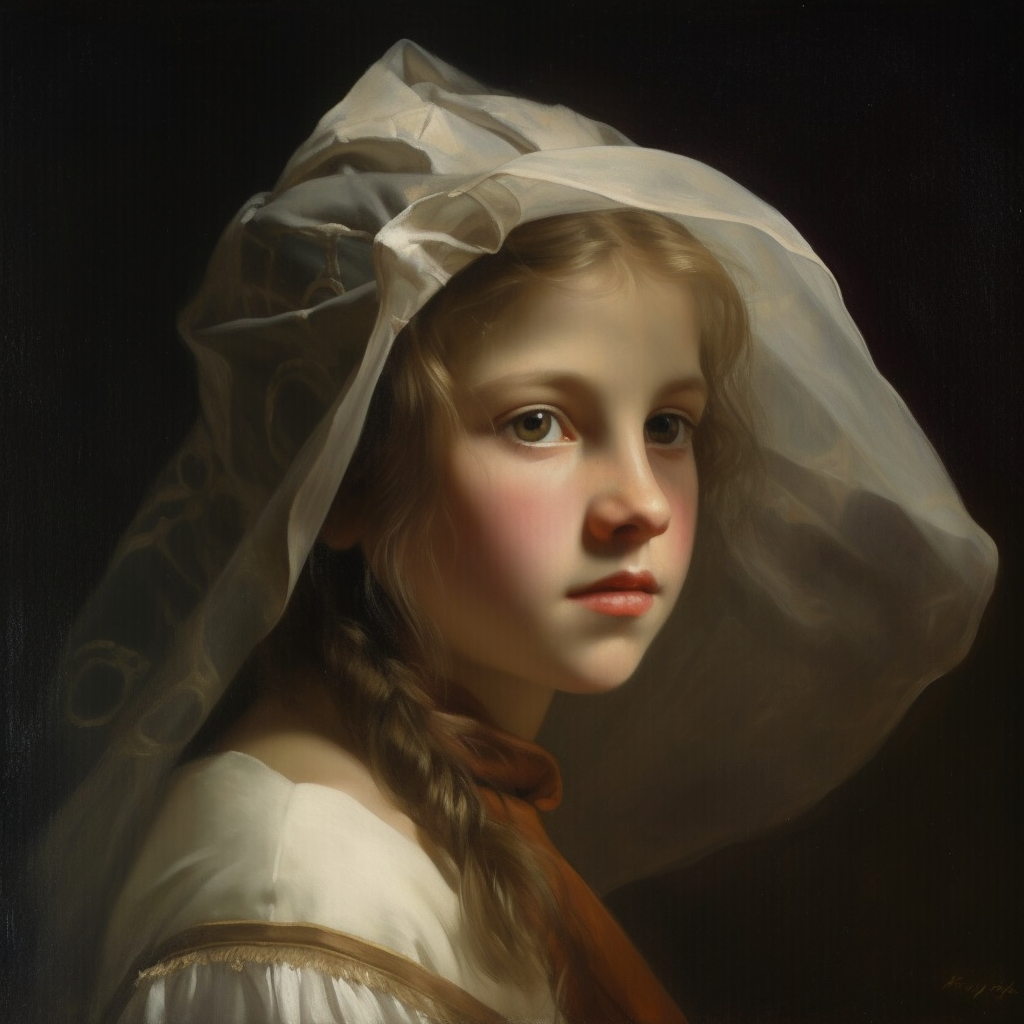 | Veiling Flare | Refers to the phenomenon that when light passes through a lens or lens, the reflection or scattering of light passing through the glass or lens causes scattered rays in the image or makes the final imaging appear distorted. | / |
 | Crepuscular Rays | Dawn and dusk light. Also known as sun pillars, they are beams of light formed by sunlight reflecting in clouds or dust. Because only enough light can penetrate through the clouds or shine at the right angle during sunrise and sunset, Crepuscular Rays usually only appear at these times. | Crepuscular Rays typically form distinct beam-like rays on the clouds, giving a beautiful feeling. |
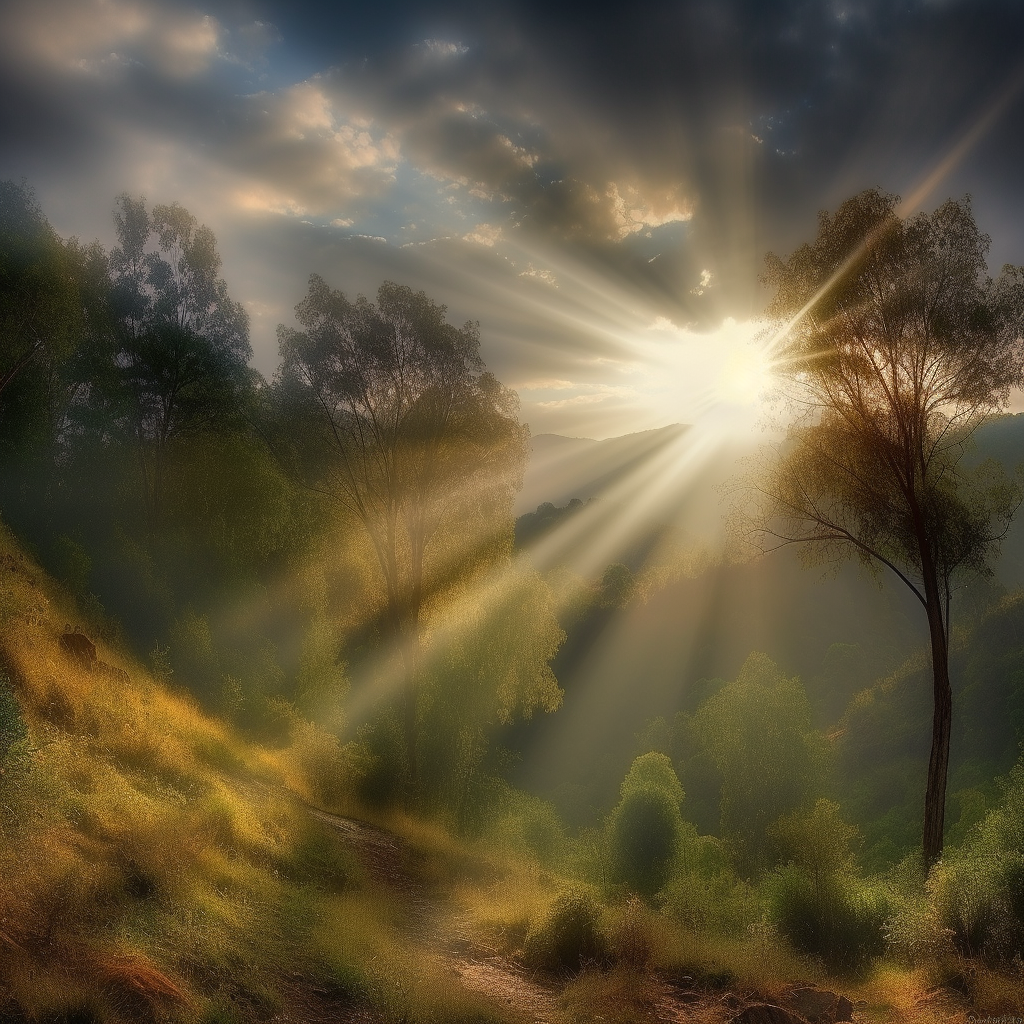 | Rays of Shimmering Light | Twinkling light. Refers to the phenomenon of light refraction that occurs during light scattering and refraction. In certain specific environments, when light passes through atmospheres with different densities and temperatures, it will produce an effect of refracted and scattered light, thus forming a twinkling beam effect. | |
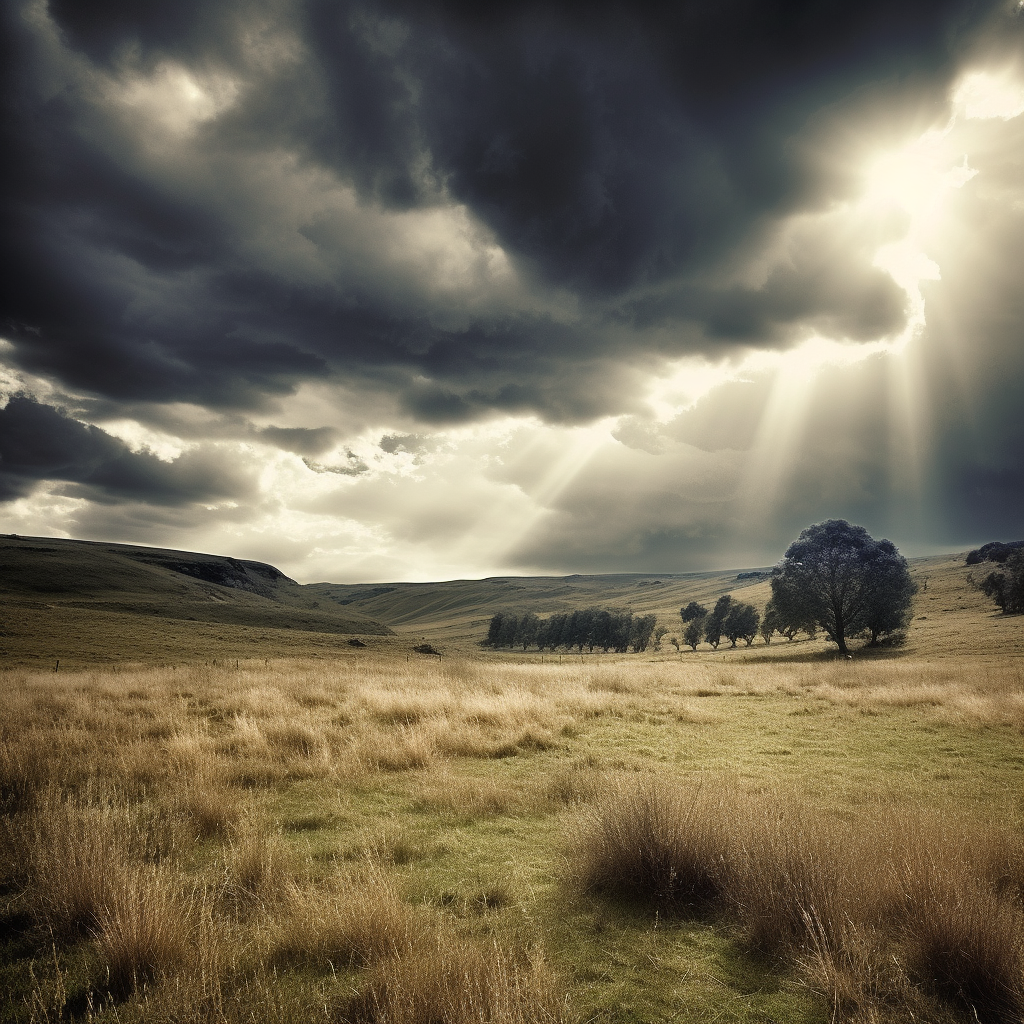 | Godrays | Godrays. It is a bright light stripe effect formed when light passes through clouds, tree branches or other obstacles. Godrays usually appear when the light is strong, dividing the light into stripes and creating a dreamy effect, also known as one of "crepuscular rays". | |















